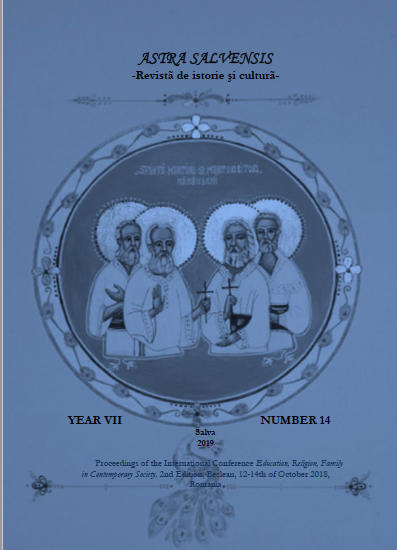The Impact of Migrations on the Transformation of Serbian Religious Art in the 18th Century
The Impact of Migrations on the Transformation of Serbian Religious Art in the 18th Century
Author(s): Vladimir ŠimićSubject(s): History, Modern Age, 18th Century
Published by: Asociaţiunea Transilvană pentru Literatura Română şi Cultura Poporului Român - ASTRA
Keywords: Migrations; Religious art; transformation; piety; the Balkans; Orthodox Church; Serbian people; Habsburg Monarchy; Ottoman Empire;
Summary/Abstract: The failure of Austrian troops in battles against the Turks in the Balkans inthe Great Turkish War caused the expulsion of the large number of Orthodox Christian Serbs fromOttoman empire. In 1690 they migrated to Hungary under the leadership of the Patriarch ArsenijeIII Čarnojević, where they mainly inhabited the southern parts of the state, around the Danube andSava rivers, creating a new parish and diocesan network called Metropolitanate of Karlovci. Animportant aspect of the revival of the church life was related to religious art, which patterns weretransferred from the Ottoman state. However, the old pattern of visual iconography did not correspondto the changed political and cultural circumstances. Therefore, in the first decades of the 18th century,church officials began to reform the traditional religious forms of post-Byzantine art and to adapt it tothe current religious needs. Under the patronage of the next Patriarch Arsenije IV Jovanović, itbecame mandatory for the church officials to follow the new models in icon and wall painting. Thispaper is analyzing the relations of impact of migrations of people on the changes in attitude towardtraditional forms of piety and religious art.
Journal: Astra Salvensis - revista de istorie si cultura
- Issue Year: VII/2019
- Issue No: 14
- Page Range: 331-338
- Page Count: 7
- Language: English

